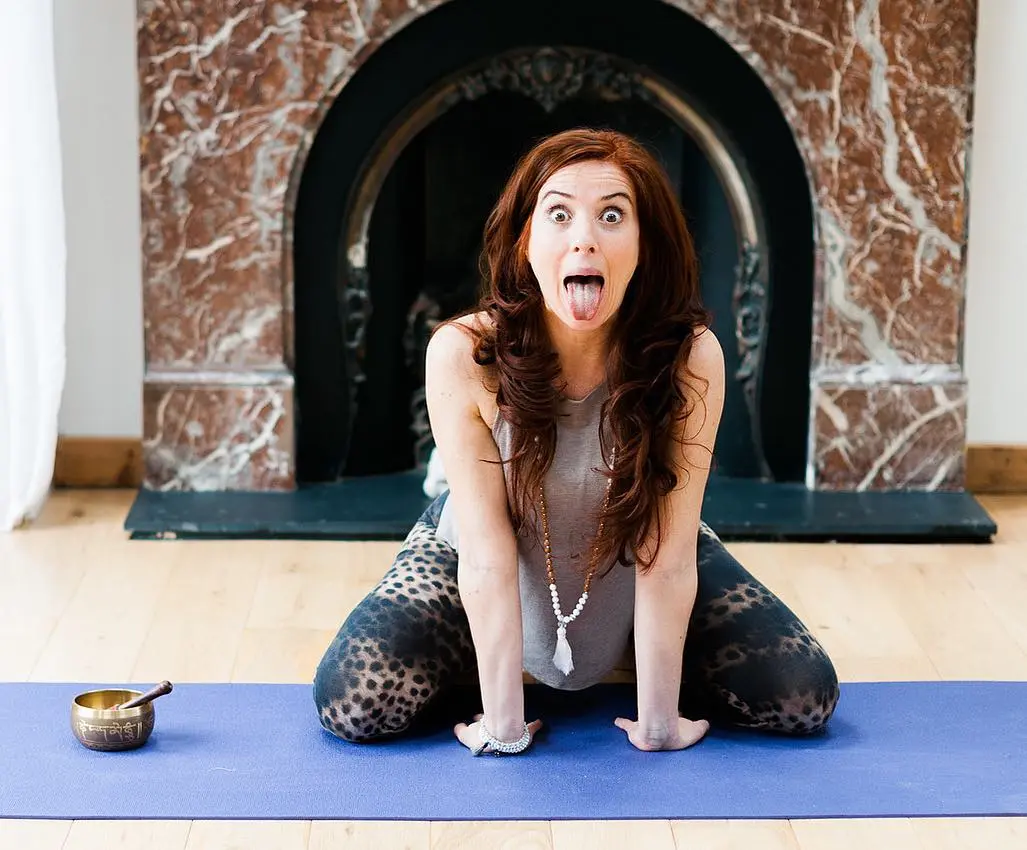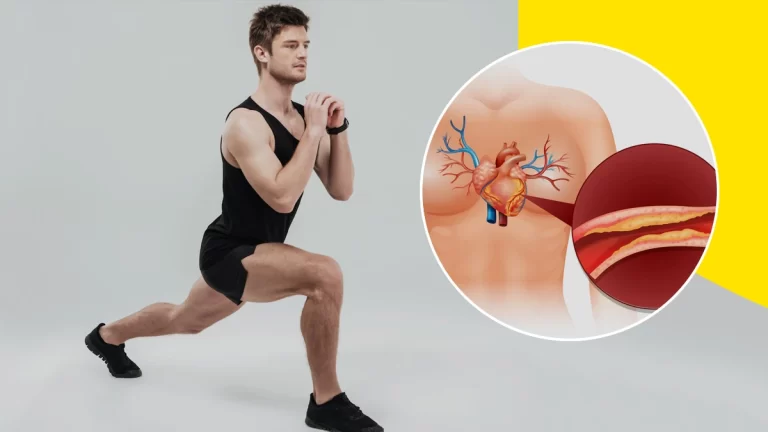Simhasana (Lion Pose)
Table of Contents
What is Simhasana (Lion Pose)?
Simhasana sometimes referred to as Lion Pose, is a sitting yoga position that looks like a lion roaring. It is a vigor-boosting asana that emphasizes relaxing tension and activating several facial muscles.
The term “simhasana” is derived from Sanskrit. Simhasana translates to “Lion pose yoga” in English because “Sinha” means “Lion” and “Asana” means “pose or posture.” Both Hatha yoga and fashionable yoga incorporate it. In Iyengar yoga, there is also a Simhasana yoga pose that begins in the lotus position.
Simhasana, often known as the Lion Pose, is one of the many unusual yoga positions you may encounter. In this particular yoga, you are required to make a lion-like sound in addition to holding your body in a particular stance. Because of this, it is recognized as a lion position. Simhasana’s advantages are further enhanced by this wonderful fusion of healthy body posture.
This ought to be on your list if you’ve been getting ready to start learning yoga for beginners. Anyone can perform the pose of Simhasana since it is so simple. After mastering the basic Lion stance, you can even alter it and add new difficulties to suit your fitness level.
How To Do Simhasana (Lion Pose)
Start by sitting in Vajrasana, Place the right leg behind the left leg on the thigh, flexing it at the knee. In a similar manner, bend your left leg at the knee and place it on the backside of your right leg.
- Move your body a little bit forward while in this position, placing both hands on the floor in front of both knees.
- putting your arms through a weight transfer.
- Secondly, remember that even though the area above the waist is bent forward, it should be straight at a 90-degree angle.
- Lift your chest while relaxingly moving your head backward.
- Take a deep breath through your nose, widen your mouth, and extend your tongue as far as you can.
- Now lift your gaze upward from the eyes, that is, from the pupils, and focus your gaze on the middle of the brows.
- Ahhh is produced by tightening the throat’s front muscles and making a complete tongue exhalation.
- Next, make sure that the back of the throat is used for breathing.
- This posture is identical to that of a roaring lion.
- Roar for a while, being sure to maintain your most comfortable position.
- Bring the tongue in, seal your mouth, and then resume regular breathing after exhaling.
- The body should then be straightened, the hands should be normal, and both legs should be spread wide in the facade.
- Rest in the Child’s Pose (Balasana) after taking a seat in Vajrasana.
Benefits of Simhasana (Lion Pose)
- It eliminates foul breath.
- the vocal cords are cleared.
- Provide back pain alleviation.
- strengthens the hands and fingers.
- prevents throat discomfort.
- Ideally posed for kids who lisp.
- increases blood flow to the face.
- Simhasana opens the respiratory tract in the right way.
- The Lion Pose makes the voice sound better.
- helpful for ear issues and unclear speech.
- The ideal technique for the tongue, face, and eyes
- helpful for thyroid, tonsil, and other throat-related disorders.
Modifications & Props
- Yoga block: If you experience difficulty sitting in the pose. To perform Simhasana, simply sit in Vajrayana with a block under your hips.
- Chair – If you find it difficult to perform this pose on the ground floor, practicing it on a chair is advised.
Variations
Sitting in Sukhasana, one can perform Simhasana.
Another alternative is to balance yourself on your toes and place your hands on your knees, then continue with the remaining steps rather than being in Vajrayana.
Sit in Padmasana to start this variation on Simhasana. Then shift your weight to your palms and start moving forward. Step forward until your knees are bent and your palms are facing inward. Next, start breathing in and out while sticking your tongue out.
Lion Pose With Hands Beneath Legs: Instead of keeping your hands between your knees, you can adopt the lion pose with your hands beneath your legs.
Simhasana (Lion Pose) contraindications
You may sit normally and practice it even if you feel pain in your knees.
This pose should not be performed if you suffer from a serious throat condition. Women who have children should likewise refrain from taking this stance.
If you have back pain, avoid doing this pose.
If you suffer from cervical, migraine, or headache disorders, you should avoid performing this position.
Conclusion
Simhasana, or “Lion Pose,” is a sitting yoga position that requires roaring like a lion while opening the lips wide and extending the tongue. It is performed while seated comfortably, inhaling deeply, and forcing a “ha” sound out of your mouth.
Simhasana relieves stress, activates the facial muscles, promotes energy, sharpens the voice, and improves focus. If you have any neck or throat issues, it’s crucial to practice under the supervision of a yoga instructor.
FAQs
How long does Simhasana last?
Hold the position for 20 to 30 seconds after Roaring. Repeat this procedure four to six times. After completing Simhasana while bringing your saliva into your mouth, gently massage your throat. Inhale slowly after this stance. After 20 to 30 seconds, try to take a breath.
What are Simhasana’s contraindications?
Simhasana, often known as the Lion Pose, is a very safe asana. However, the following circumstances—injury and surgery—are contraindicated. This pose should be avoided by practitioners who have had surgery on their knees, ankles, or spine. If you have a facial, neck, or tongue injury, you shouldn’t perform this pose.
Does Simhasana benefit from thyroid health?
Yoga poses like Lion’s Pose and Simhasana help to activate the thyroid gland by stretching and massaging the neck and throat. Even better, it strengthens facial and neck muscles while lowering stress and calming the brain.
What are Simhasana’s advantages?
reduces chest and facial stress. improves the blood flow to the face. maintains the health of your eyes by activating the nerves. strengthens and stimulates the platysma.
Reference
- Simhasana (Lion Pose). Mobile Physiotherapy Clinic. https://mobilephysiotherapyclinic.in/simhasana-lion-pose/
- Burgin, T. (2017, June 11). Lion Pose • Yoga Basics. Yoga Basics. https://www.yogabasics.com/asana/lion/







